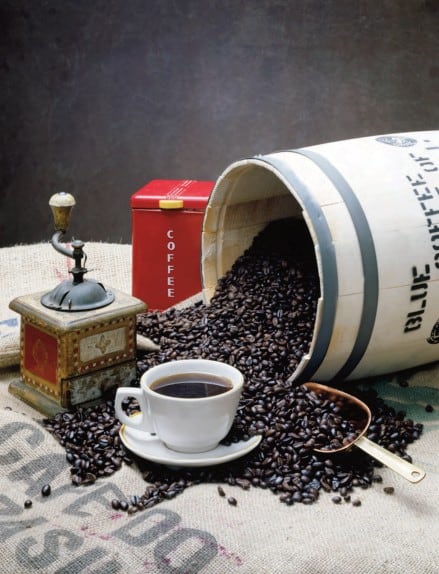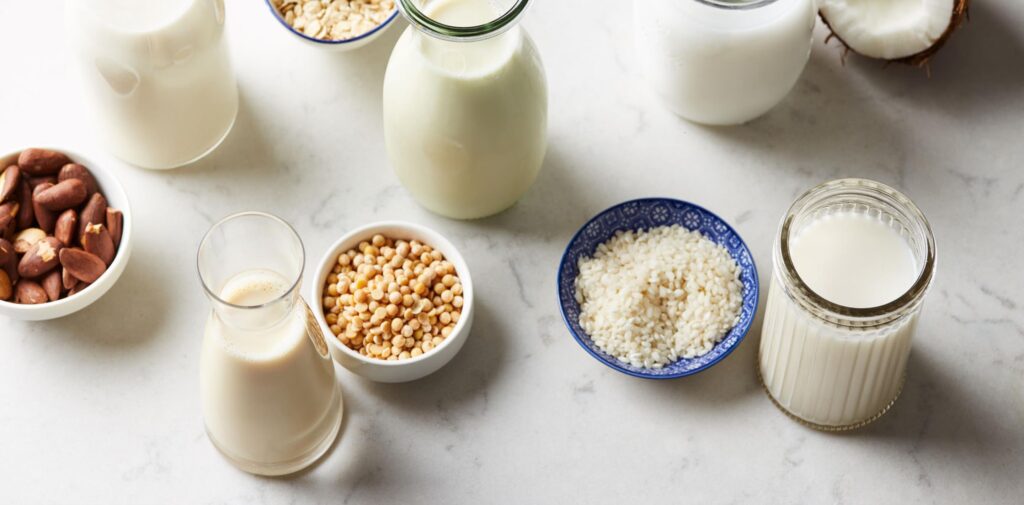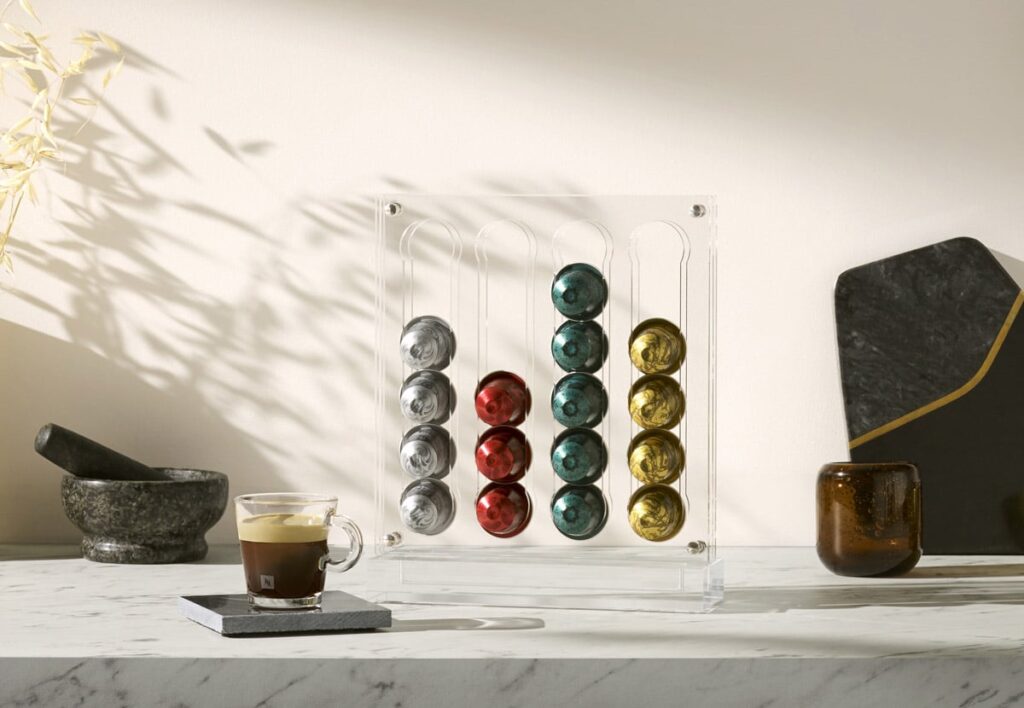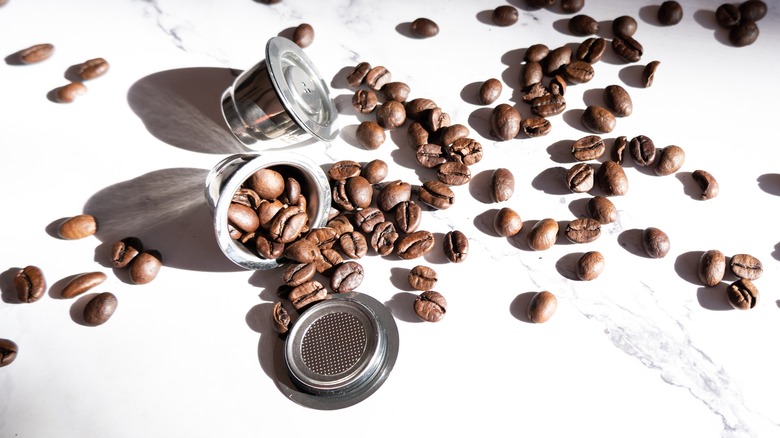Did you know that espresso was initially considered a luxury beverage in Italy, consumed primarily by the elite in high-end cafes? Fast forward to today, and it’s a staple in American coffee culture, found in everything from bustling cafes to our very own kitchens.
This article explores the fascinating journey of Espresso in America, tracing its origins from Italy to its widespread adoption in America, and how it has evolved into a beloved element of our daily coffee rituals.

The Origins of Espresso
Italian Roots
- Invention and Early Development in Italy: Espresso was invented in the early 20th century by Luigi Bezzera, who wanted to brew coffee faster. The first espresso machine, patented in 1901, revolutionized the way coffee was made, producing a concentrated shot of rich, aromatic coffee.
- Traditional Italian Espresso Culture: In Italy, espresso is more than just a drink; it’s a cultural ritual. Italians typically enjoy their espresso standing at a bar, often accompanied by a quick chat with the barista or fellow patrons. This daily ritual emphasizes the social aspect of coffee drinking, making espresso an integral part of Italian life.
What is Espresso in America and Europe like?
Espresso, that tiny yet mighty cup of joy! In America, espresso is often the kickstarter for a variety of coffee drinks. It’s the base for lattes, cappuccinos, Americanos, and more, often enjoyed on the go or as a quick caffeine fix. American espresso culture has embraced innovation and customization, leading to a myriad of flavors and styles. Think pumpkin spice lattes, caramel macchiatos, and oat milk flat whites. It’s all about personal preference and convenience.

What is Coffee Culture in the United States and Europe?
In the United States, coffee culture is like a giant melting pot, reflecting the country’s diverse population. It’s all about convenience and variety, from the grab-and-go drip coffee and drive-through espresso stands to the artisanal third-wave coffee shops focusing on the origins and roasting methods of their beans. Americans love their coffee big and often on the move, with flavors and styles as varied as the states themselves.

Espresso Comes to America
A. Early 20th Century
- Italian Immigrants Bringing Espresso Machines: As Italian immigrants settled in the United States, they brought with them their beloved espresso machines, introducing the American public to this concentrated coffee delight.
- Establishment of Espresso Bars in Italian Neighborhoods: These immigrants opened espresso bars in their communities, particularly in cities like New York and San Francisco, where they served as gathering places for the Italian-American population and curious locals alike.
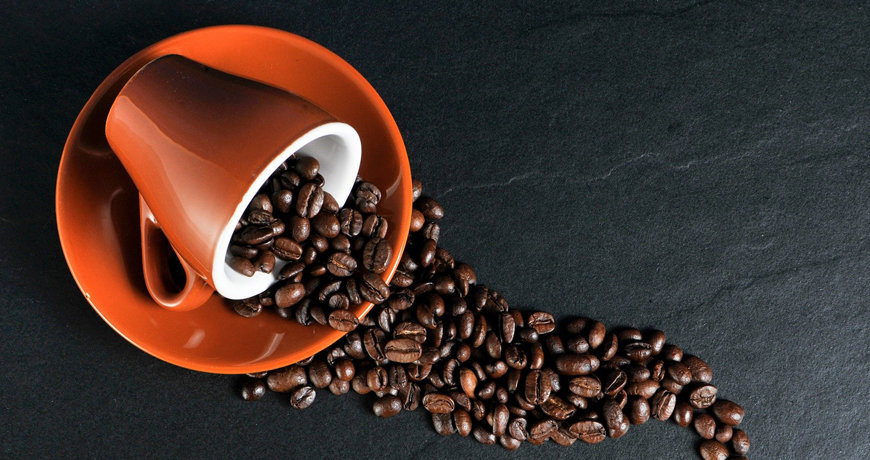
B. Mid-20th Century
- The Rise of Coffeehouses on the West Coast: By the 1950s and 60s, coffeehouses began to proliferate on the West Coast, particularly in cities like San Francisco and Seattle. These establishments not only offered espresso but also became hubs for counterculture movements, attracting artists, writers, and intellectuals.
- Cultural and Social Significance of Coffeehouses: These coffeehouses played a significant role in fostering a sense of community and intellectual exchange. They were places where people could come together to discuss ideas, listen to music, and enjoy a good cup of espresso, helping to cement the beverage’s place in American culture.
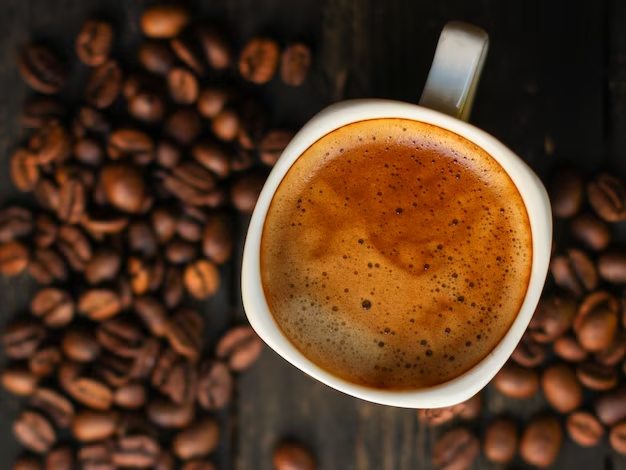
The Third Wave Coffee Movement
A. Definition and Characteristics
- Focus on Quality, Sustainability, and Artisanal Production: The third wave coffee movement, which began in the early 2000s, emphasizes treating coffee as an artisanal product rather than a commodity. This movement prioritizes high-quality beans, ethical sourcing, and sustainable farming practices. The goal is to create a deeper appreciation for the nuances and flavors of coffee, similar to wine tasting.
B. Specialty Coffee Shops
- Rise of Independent Coffee Shops: With the third wave movement, there was a significant rise in independent coffee shops dedicated to the craft of coffee. These shops often source their beans directly from farmers, ensuring transparency and fair trade practices.
- Emphasis on High-Quality Beans and Precise Brewing Techniques: Specialty coffee shops focus on using the best beans available and employ precise brewing techniques to bring out the unique flavors of each coffee. Baristas are often highly trained, treating espresso preparation as a science and an art, which results in a superior coffee experience for customers.
Espresso Today
Home and Office Espresso Machines
- Increased Accessibility and Popularity: In recent years, espresso machines have become more affordable and user-friendly, leading to a surge in their popularity for home and office use. This accessibility allows coffee enthusiasts to enjoy high-quality espresso without leaving their homes or workplaces, contributing to the drink’s widespread appeal.
Varieties and Innovations
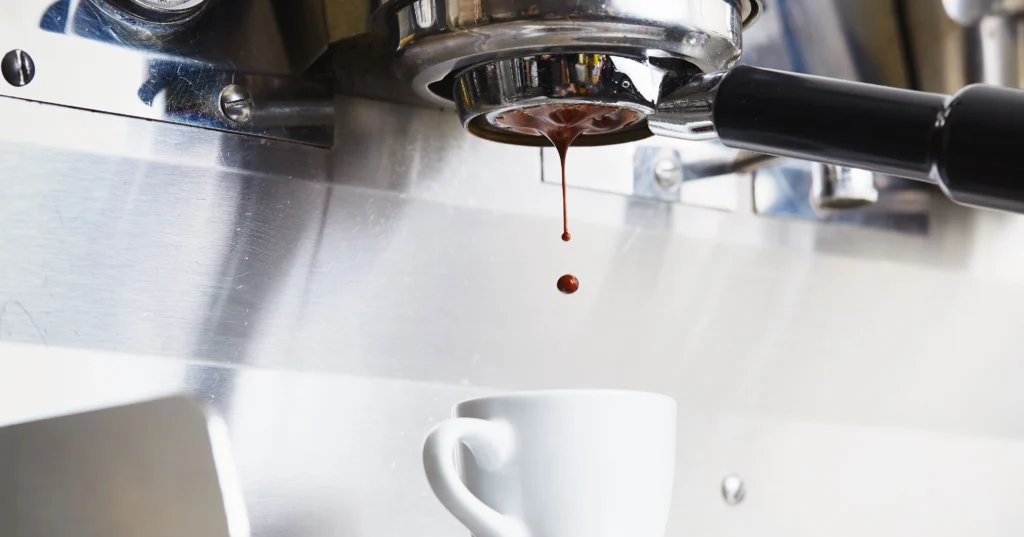
- Traditional vs. Modern Espresso Drinks: While traditional espresso drinks like the classic espresso shot, cappuccino, and latte remain popular, modern variations have emerged to cater to diverse tastes. Drinks such as the flat white, cortado, and macchiato have gained traction, offering new ways to enjoy espresso.
- Local Adaptations and Creative Twists: Across America, coffee shops and baristas have introduced creative twists on espresso drinks, incorporating local flavors and ingredients. From espresso-infused cocktails to unique seasonal beverages, these innovations keep the espresso culture dynamic and exciting, continually attracting new fans.

Fun Facts and Trivia
A. Origin of the Term “Espresso”
- Etymology and Meaning: The term “espresso” is derived from the Italian word “esprimere,” which means “to express” or “to press out.” This name reflects the method of brewing espresso, where hot water is forced through finely-ground coffee under high pressure.
B. Espresso Shots
- Different Types and Their Names:
- Solo: A single shot of espresso, typically around 1 ounce.
- Doppio: A double shot of espresso, approximately 2 ounces, and the standard for most espresso-based drinks.
- Ristretto: A “restricted” shot, made with the same amount of coffee but half the water, resulting in a more concentrated flavor.
- Lungo: A “long” shot, made with more water, producing a milder and larger espresso.
C. Popular Espresso-Based Drinks
- Macchiato: An espresso “stained” with a small amount of steamed milk or foam.
- Cortado: Equal parts espresso and steamed milk, balancing the intensity of the espresso with the creaminess of the milk.
- Flat White: A strong coffee made with a double shot of espresso and steamed milk, similar to a latte but with a higher coffee-to-milk ratio.
- Americano: An espresso diluted with hot water, creating a coffee similar in strength to a drip coffee but with a different flavor profile.
- Latte: Espresso with a generous amount of steamed milk and a small layer of foam on top.
- Cappuccino: Equal parts espresso, steamed milk, and milk foam, known for its rich and creamy texture.
Expert Tips on Maximizing Espresso in America
Alright, kids, gather ’round. Time for some pro tips from Uncle JL that’ll take your espresso game from “meh” to “magnifico.” If you’re gonna do espresso, might as well do it like a boss, right?
Find Your Beans
Don’t settle for the first bag of coffee beans you see. Experiment with different origins and blends until you find your soul-bean. Trust me, it’s a relationship worth investing in.

Grind Just Before Brewing
You want the freshest shot possible, so grind those beans right before you’re ready to pull the shot. It’s like capturing lightning in a cup.
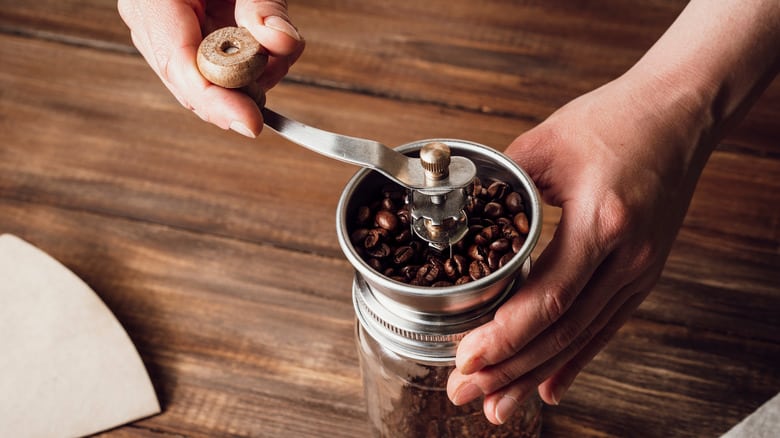
Calibrate Your Machine
If you’ve got a home espresso machine, learn how to calibrate it for the perfect pressure and temperature. It’s not rocket science, just coffee science—which is obviously way cooler.
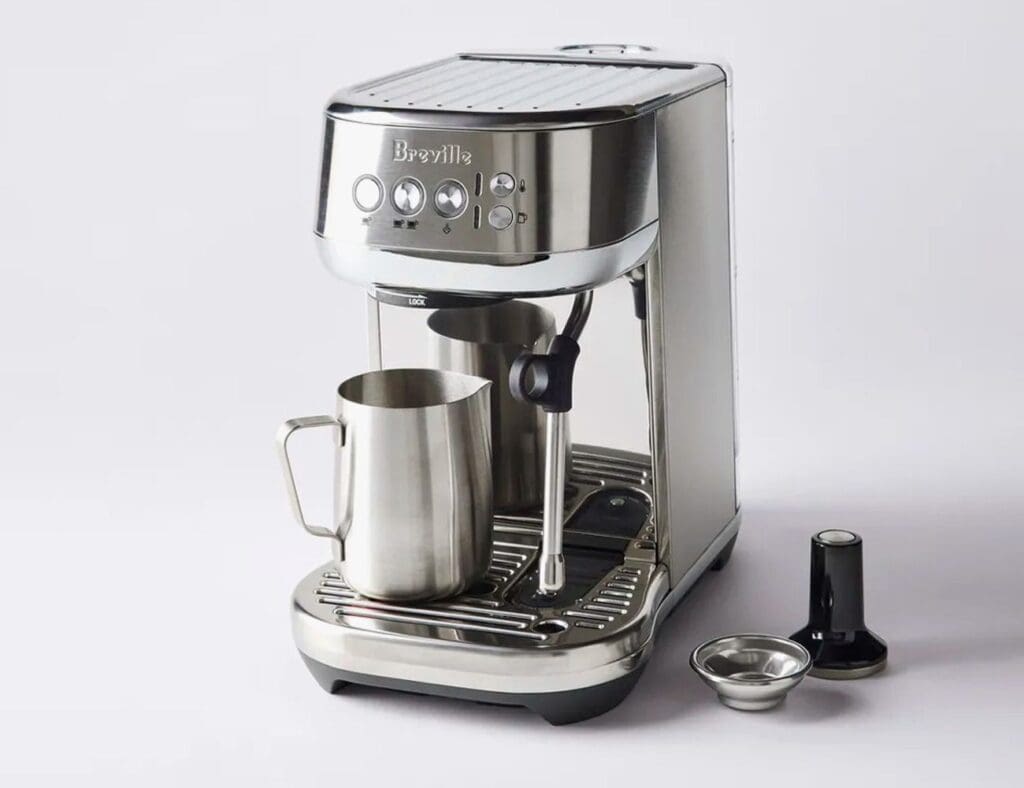
Conclusion
From its humble beginnings in Italy to becoming an essential part of American coffee culture, espresso has traveled a fascinating path. What started as a luxurious beverage has evolved into a daily ritual for many, thanks to its rich flavor and invigorating qualities.
We’d love to hear your espresso stories! Do you have a favorite espresso drink or a unique recipe? Share your experiences and tips in the comments below and let’s keep the espresso conversation brewing.
Espresso is more than just a drink; it’s a testament to craftsmanship, culture, and community. Whether enjoyed at a local coffee shop or brewed at home, espresso continues to bring people together, one shot at a time.
Additional Sections (Optional)
VIII. Expert Opinions and Interviews
- Insights from Baristas, Coffee Shop Owners, and Coffee Experts: Gain perspectives from those who live and breathe coffee. Learn about their experiences with espresso, tips for perfecting the brew, and the trends they see shaping the future of coffee culture.
IX. Future Trends in Espresso
- Predictions on Where Espresso Culture is Heading: Explore emerging trends in the espresso world, from innovative brewing methods to new flavor profiles. Discover how technology and sustainability efforts are influencing the next wave of espresso culture.
X. DIY Espresso Tips
- Tips for Making Great Espresso at Home: Learn practical advice for brewing the perfect espresso at home. From choosing the right beans and equipment to mastering brewing techniques, these tips will help you enjoy café-quality espresso in your own kitchen.
Disclosure: Our blog contains affiliate links to products. We may receive a commission for purchases made through these links. However, this does not impact our reviews and comparisons. We try our best to keep things fair and balanced, in order to help you make the best choice for you.

